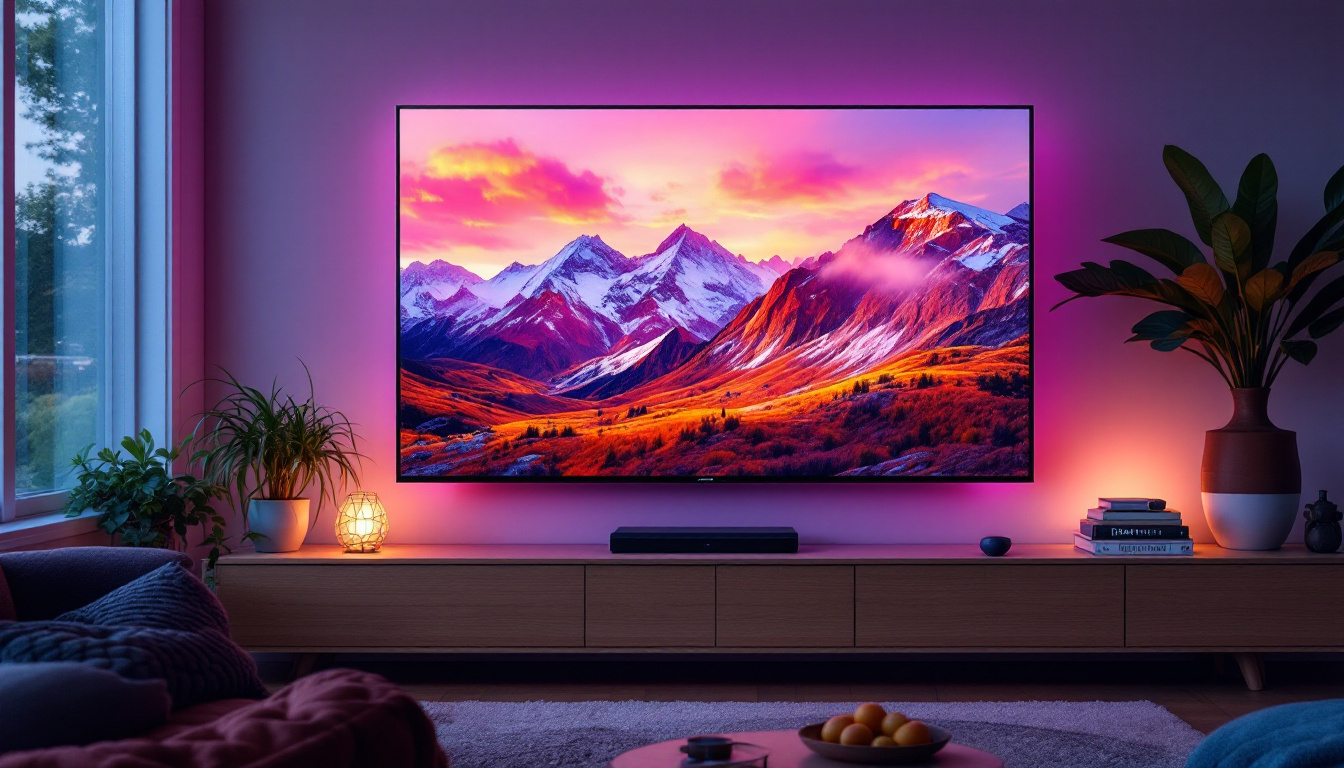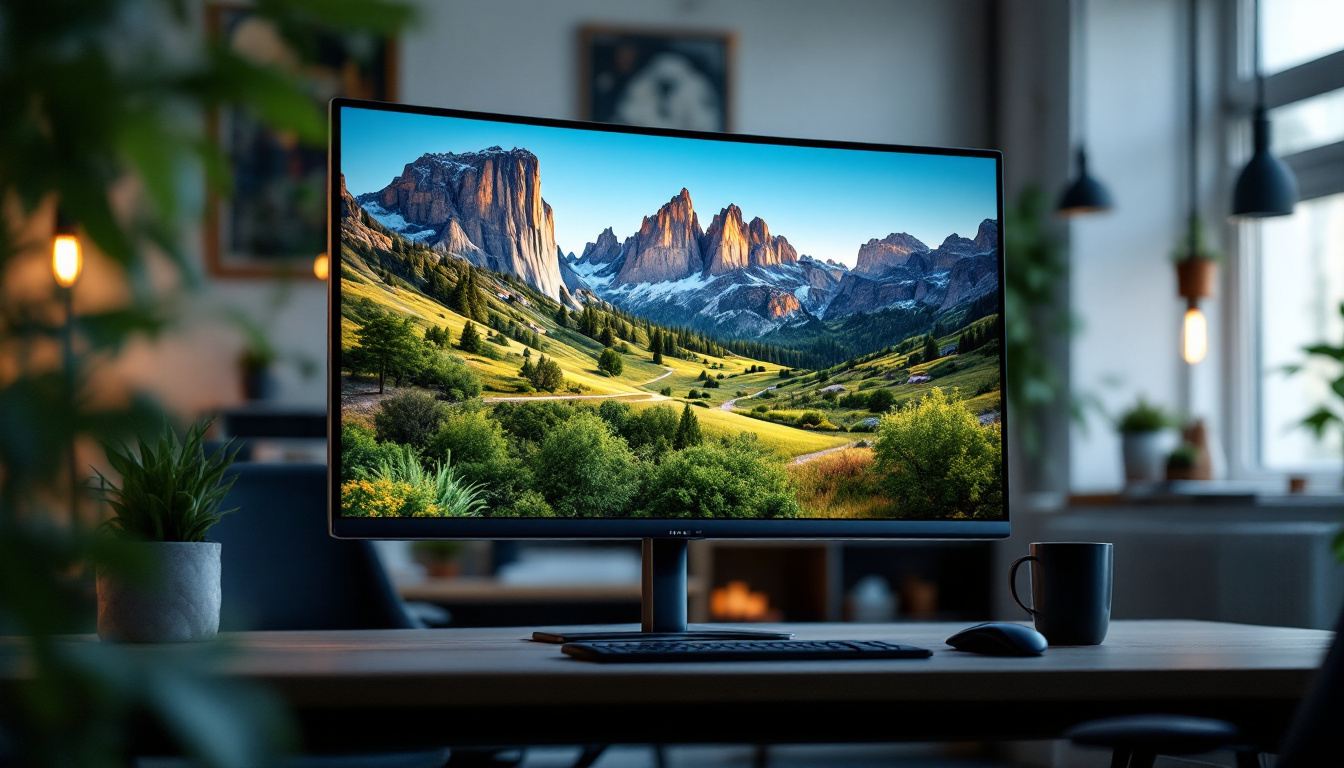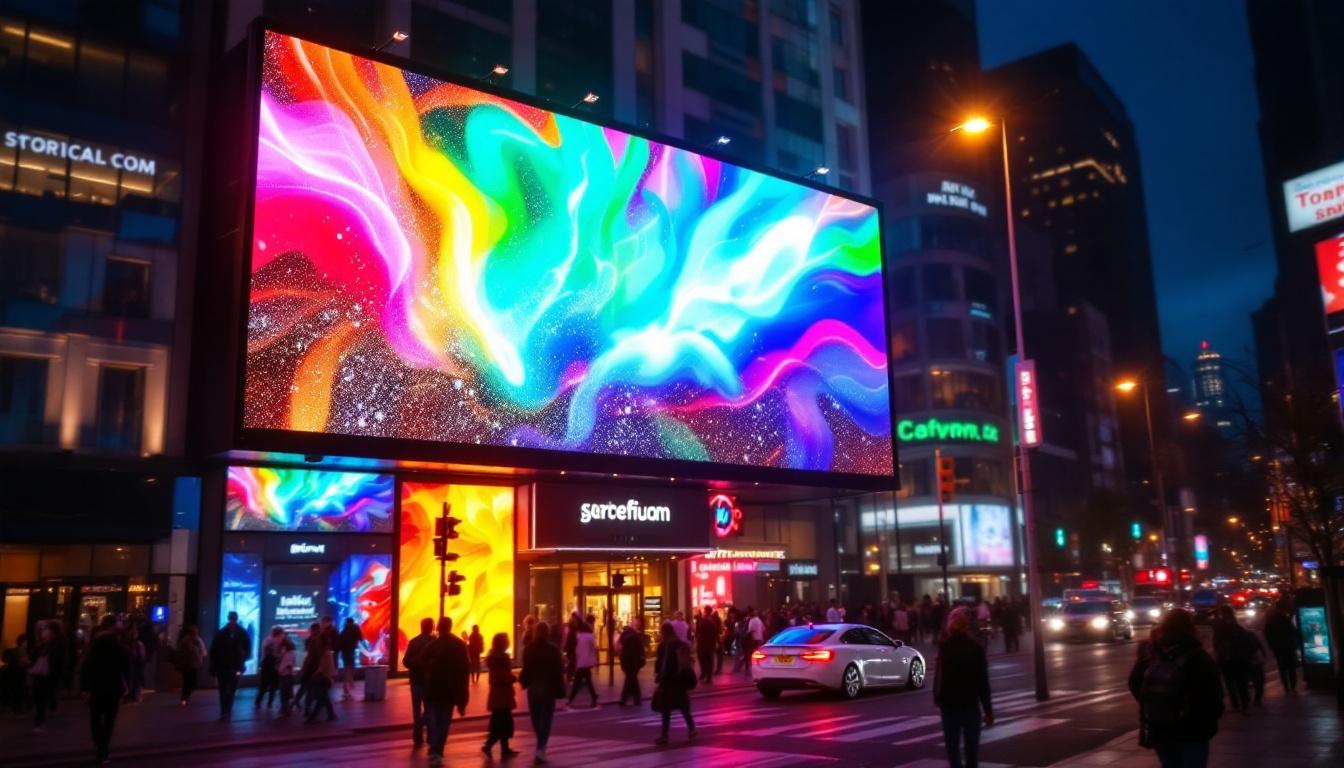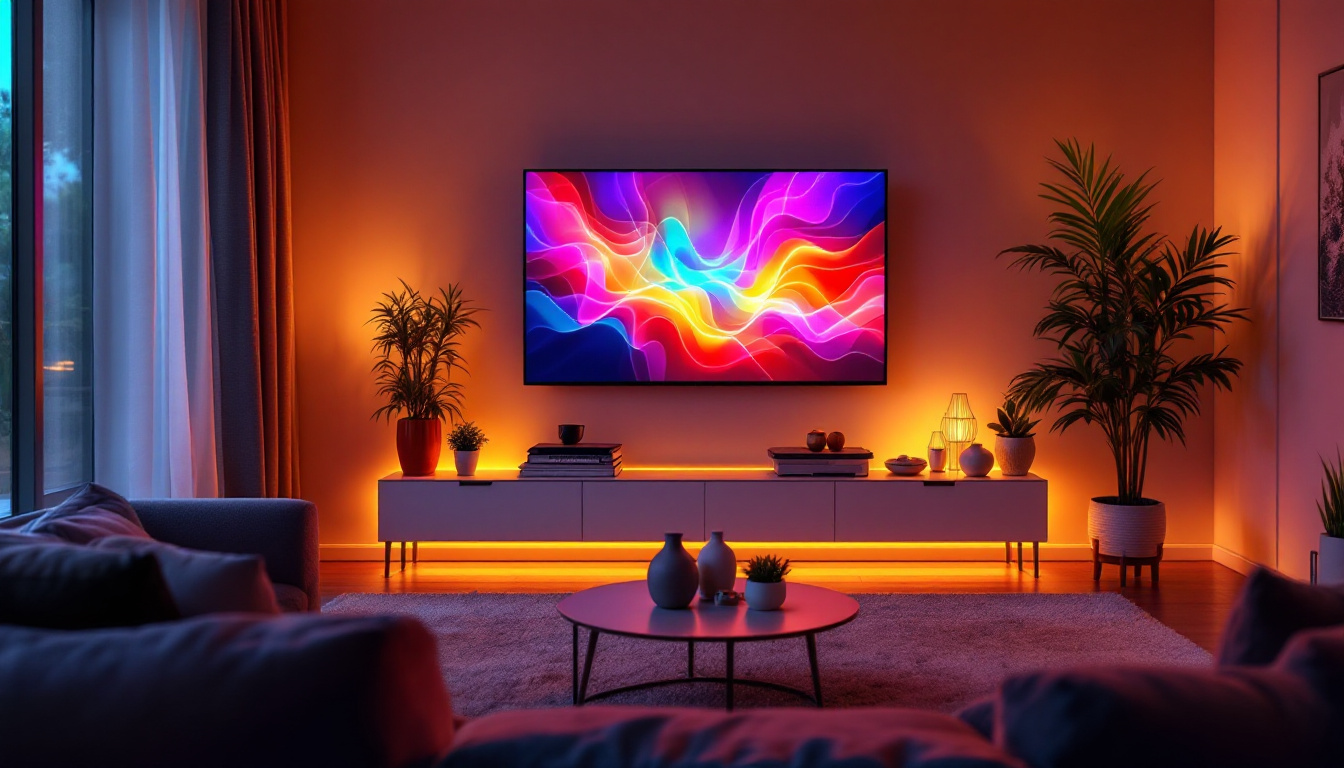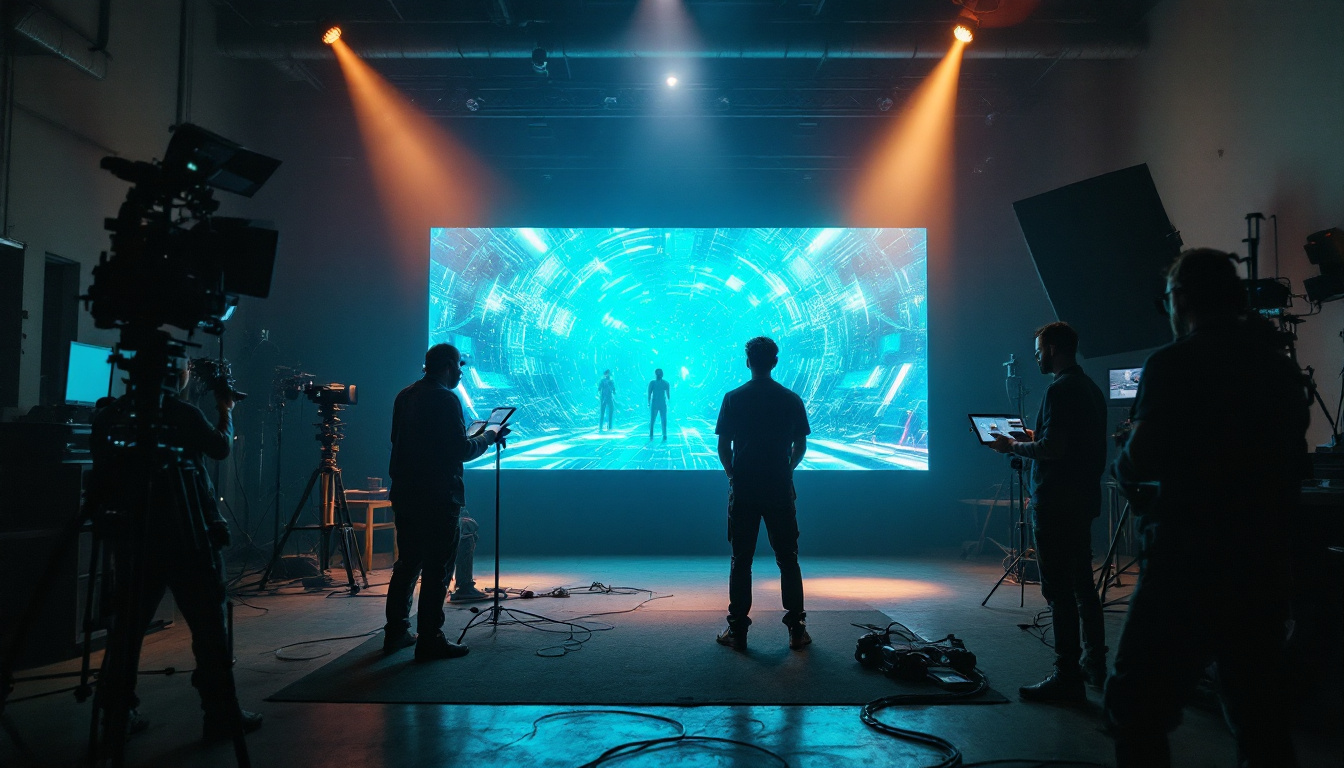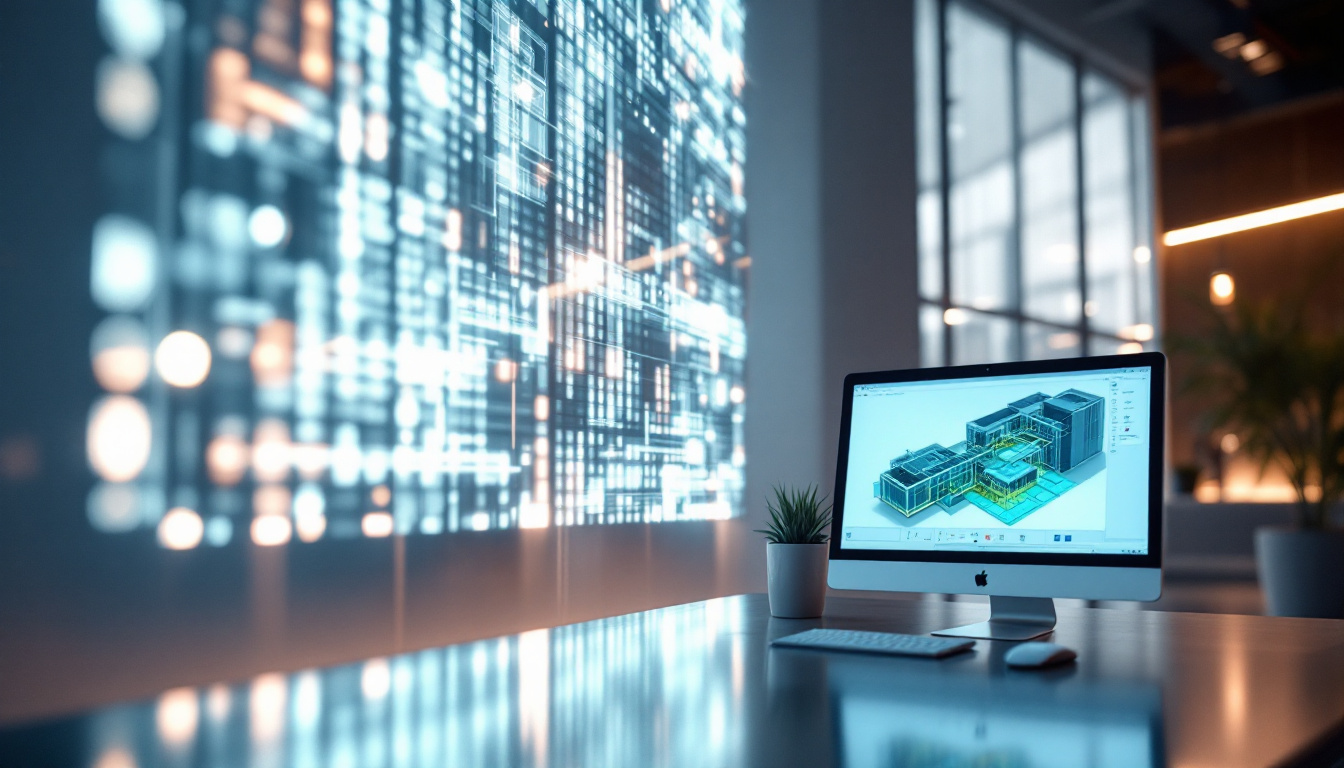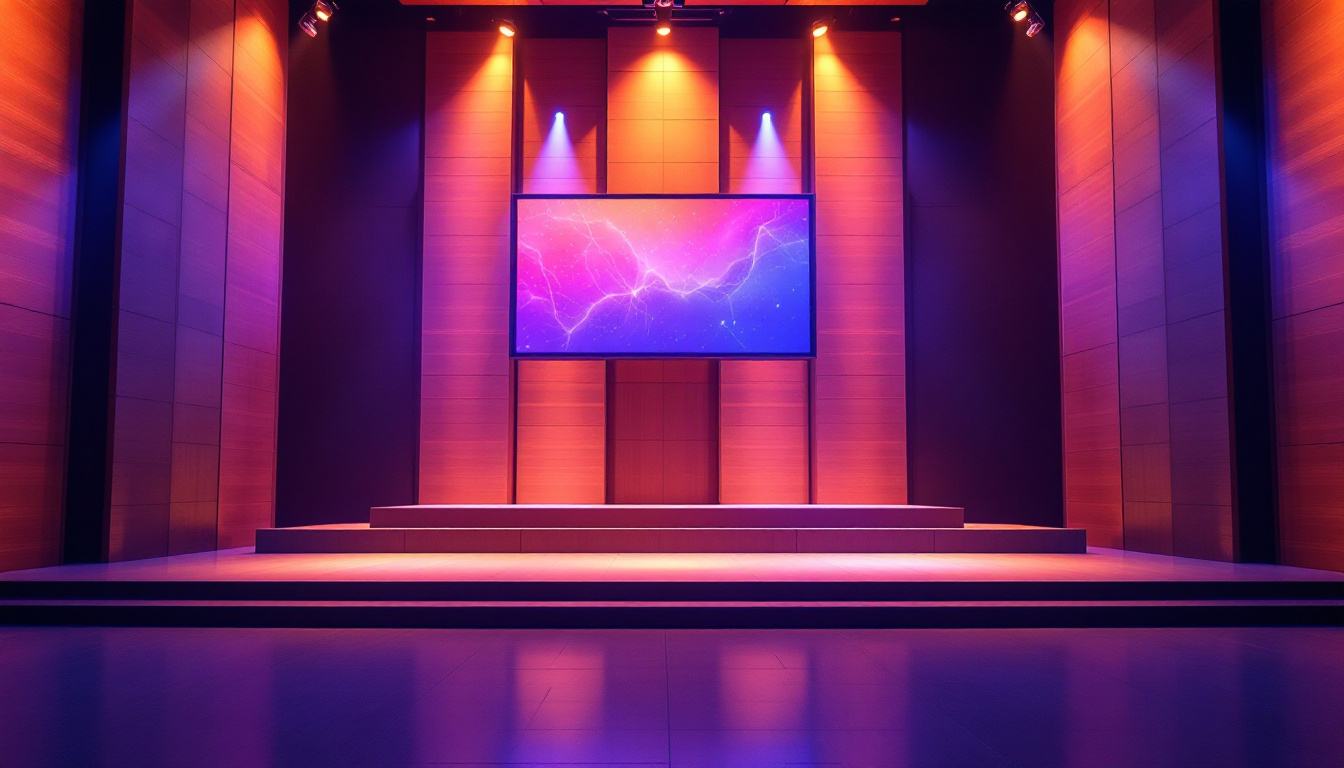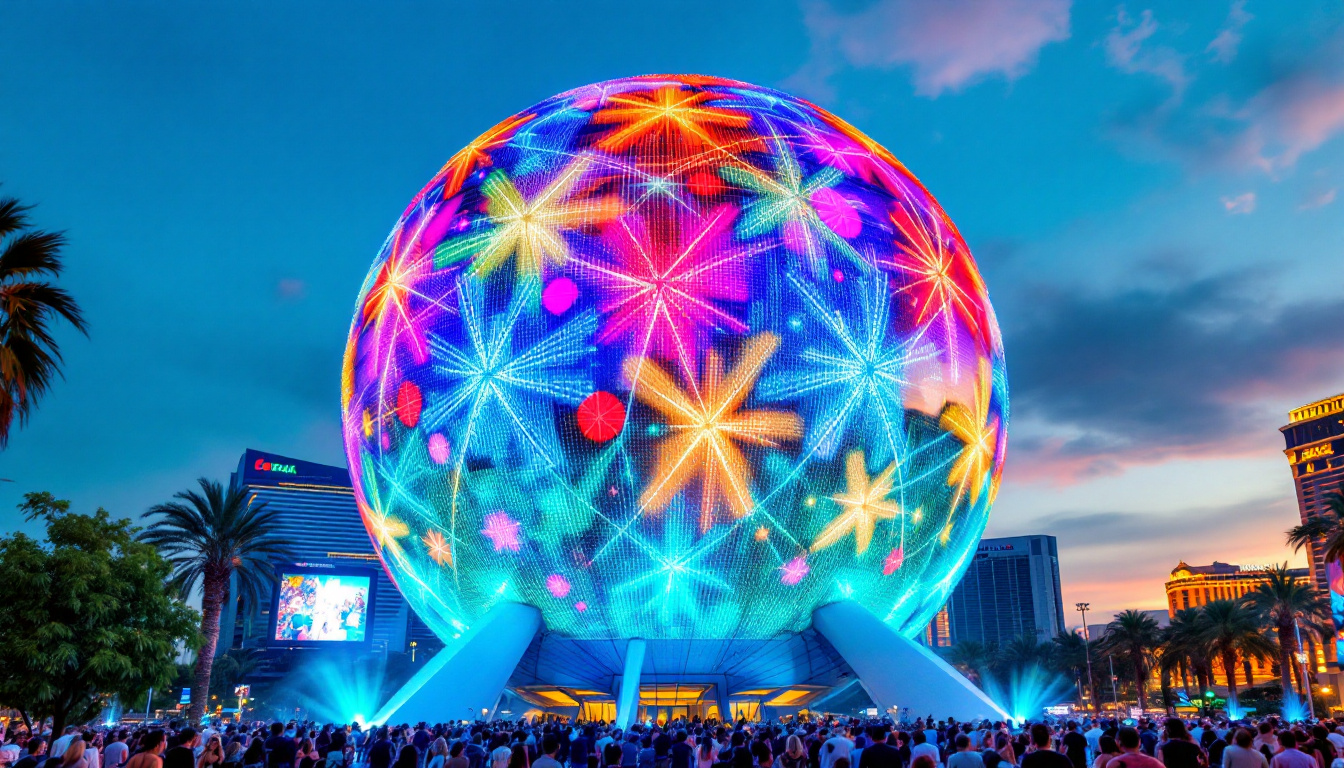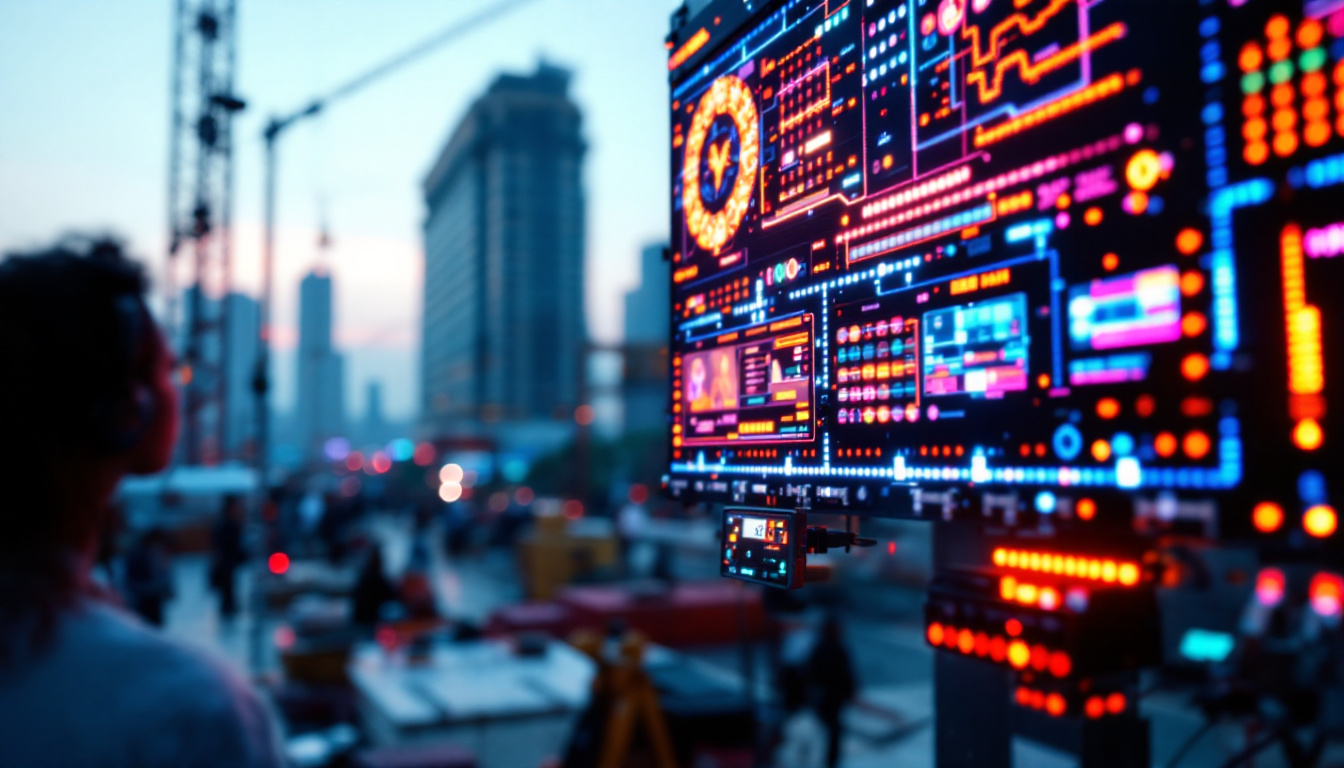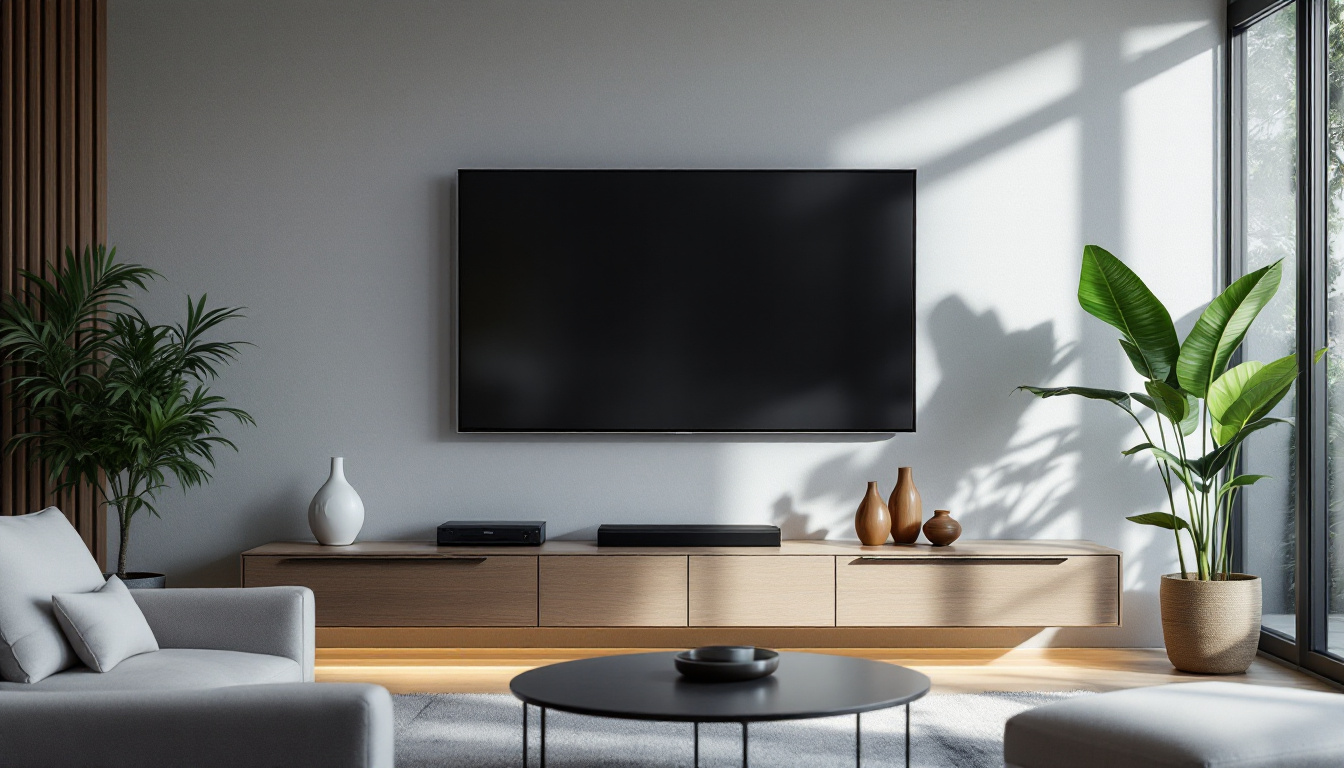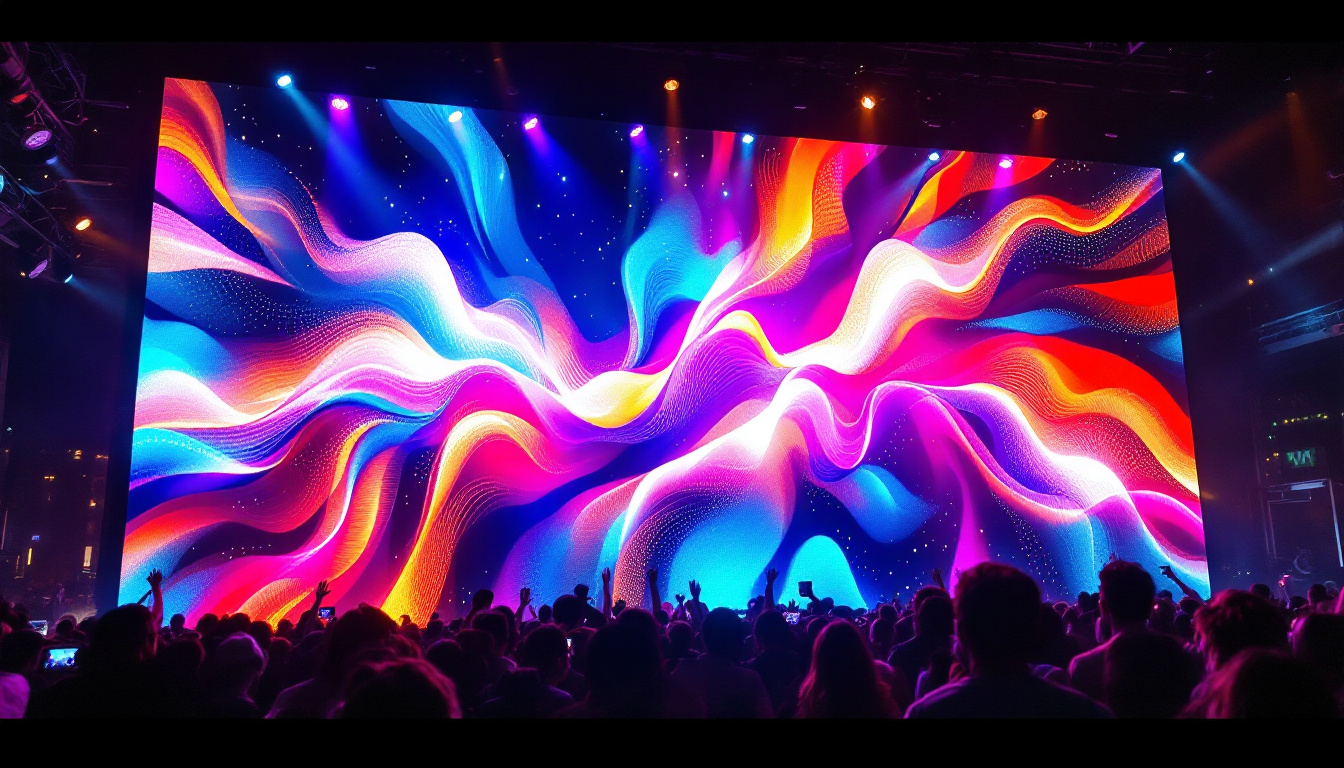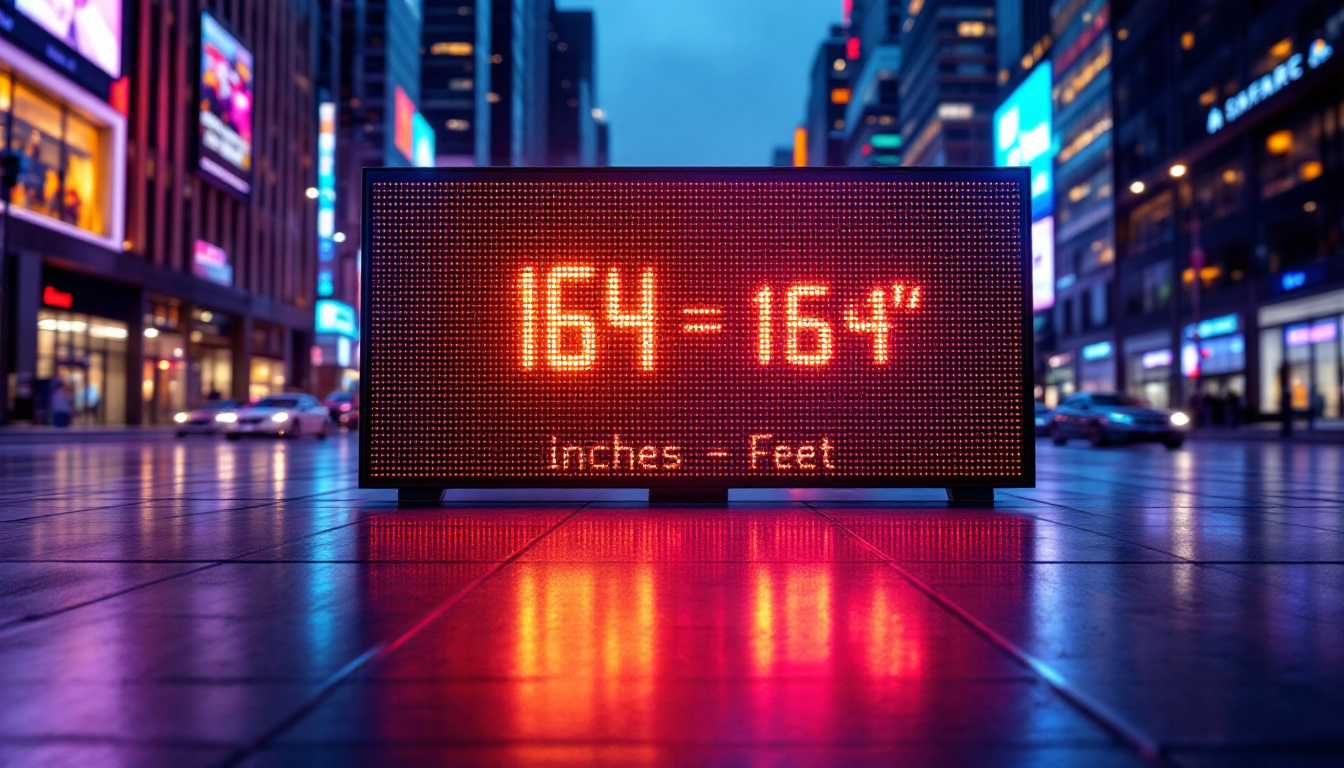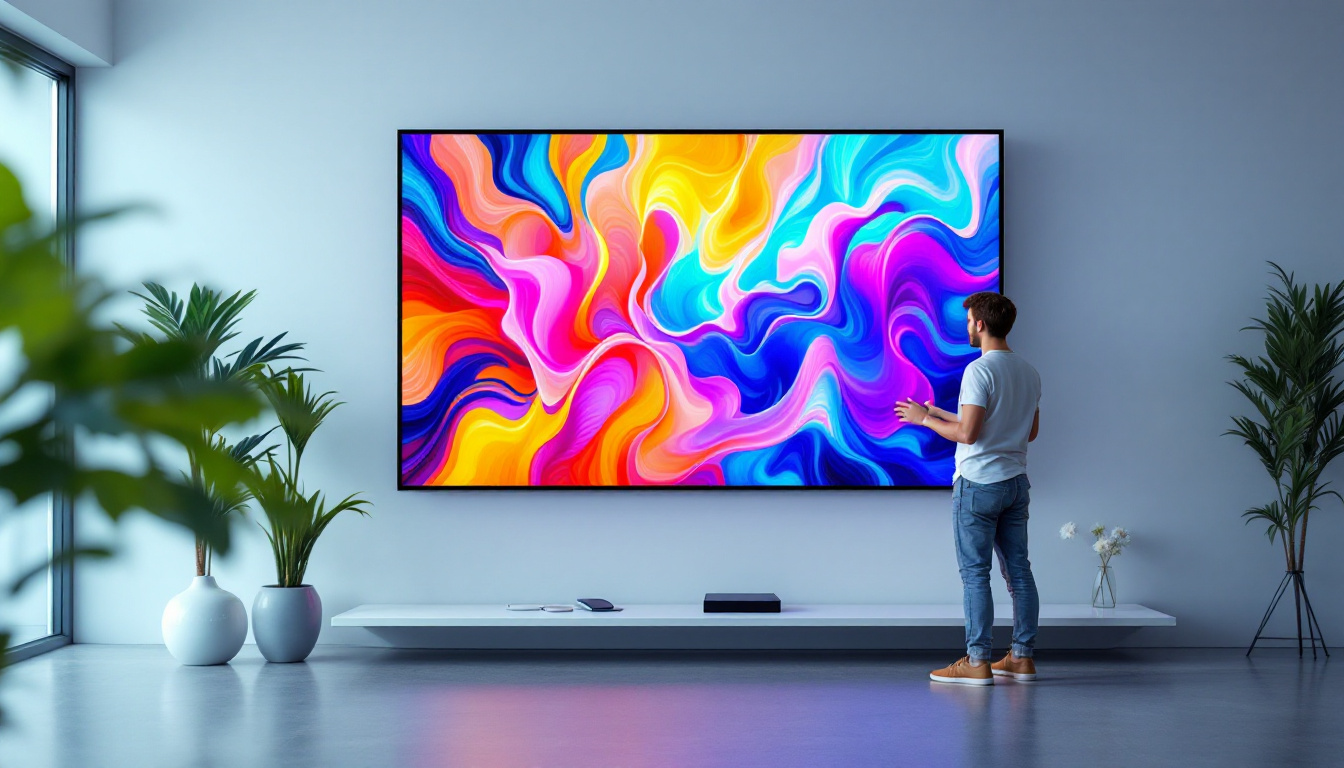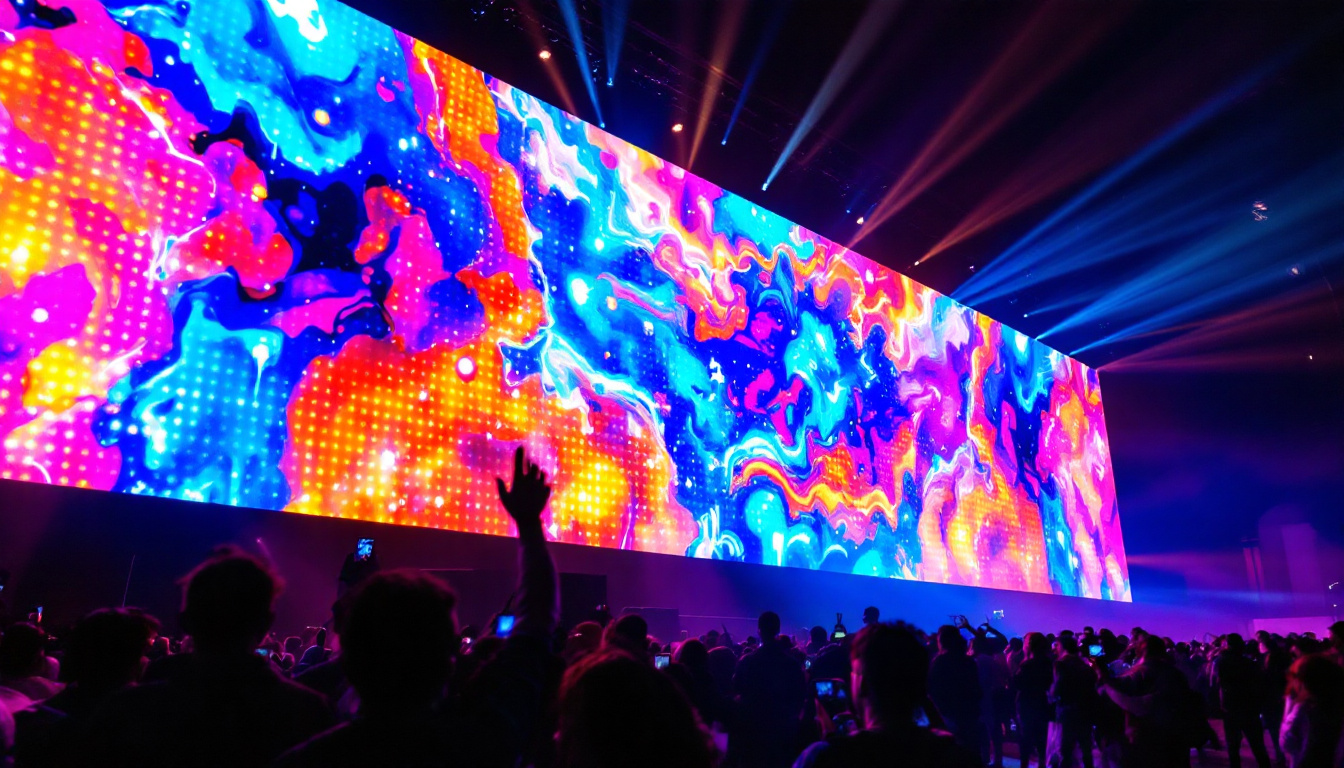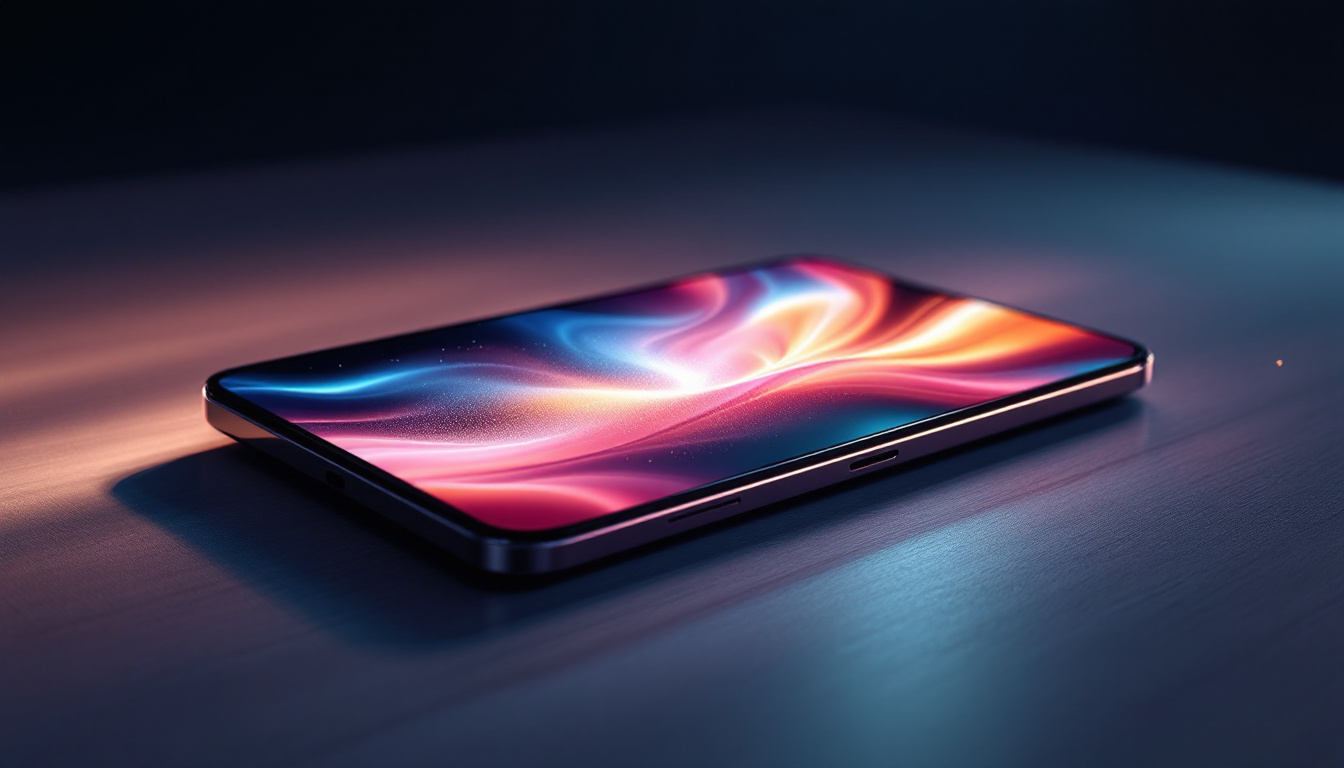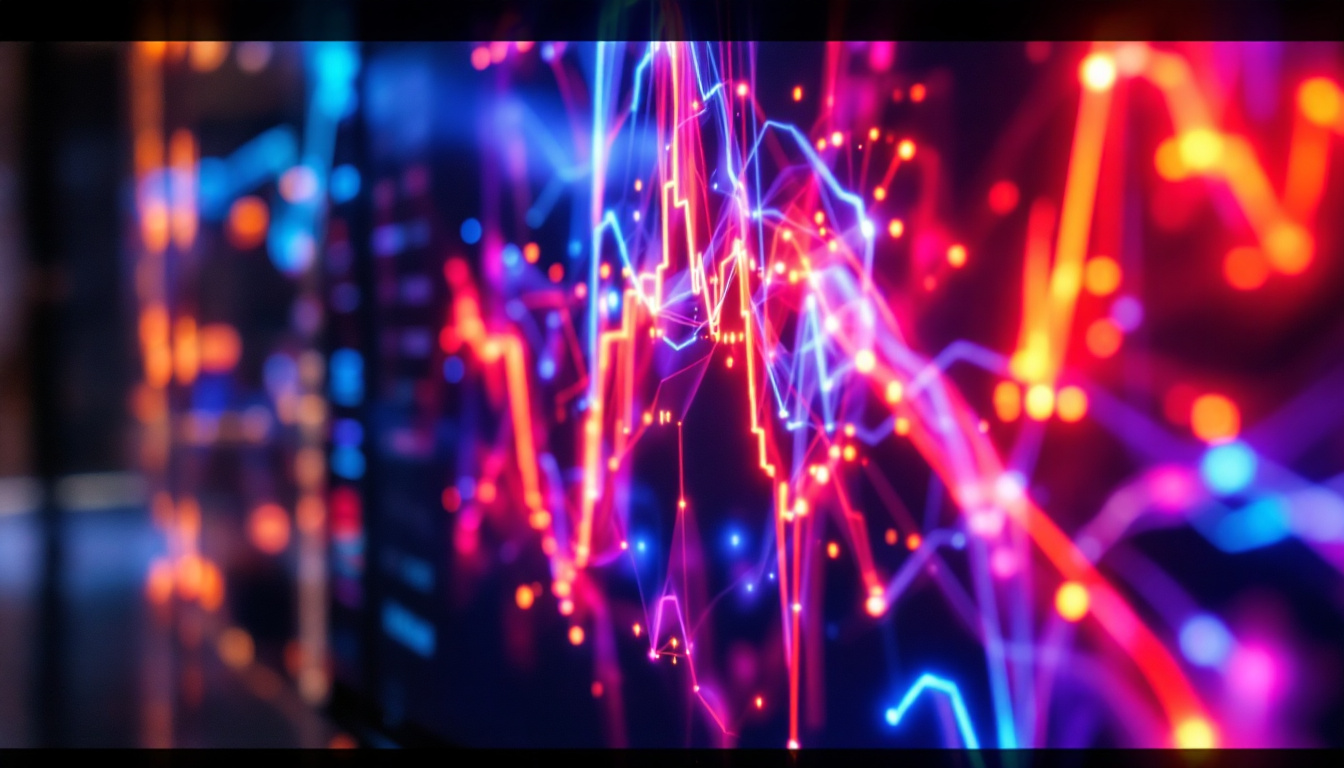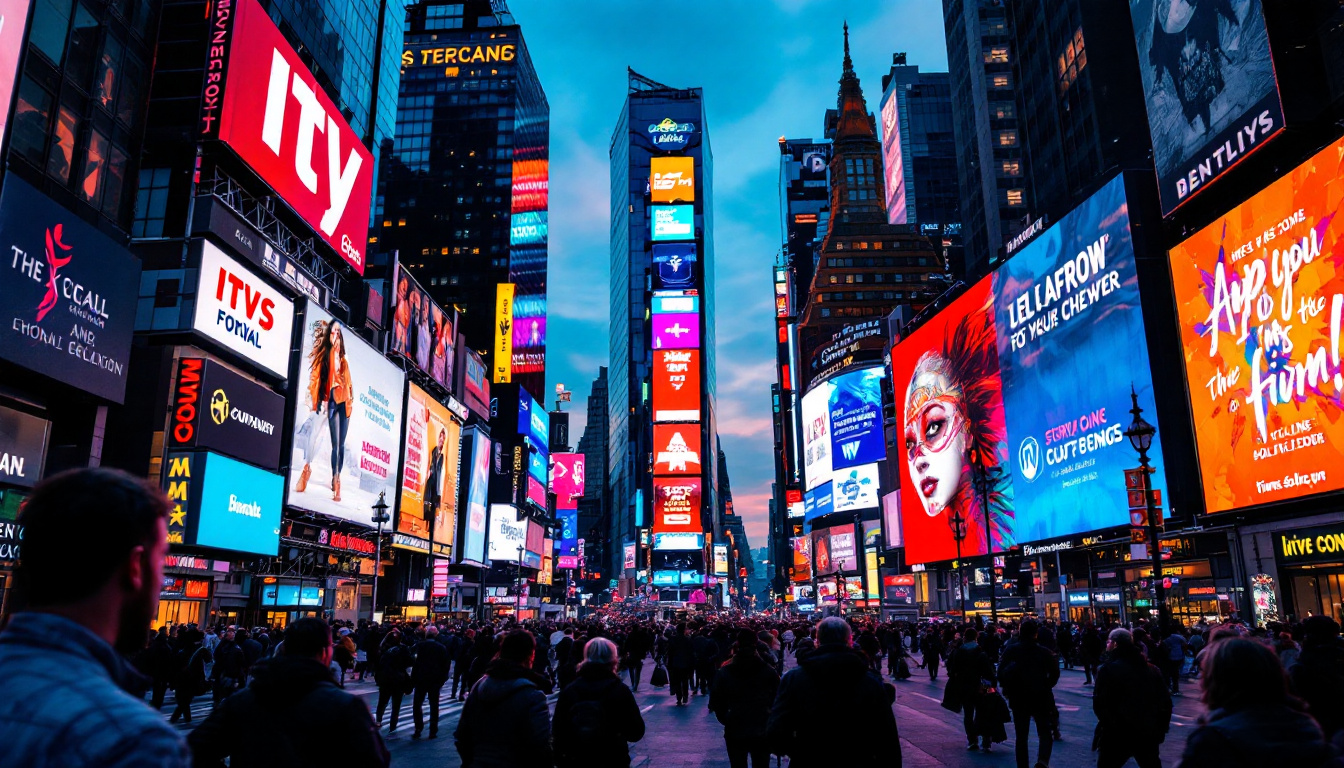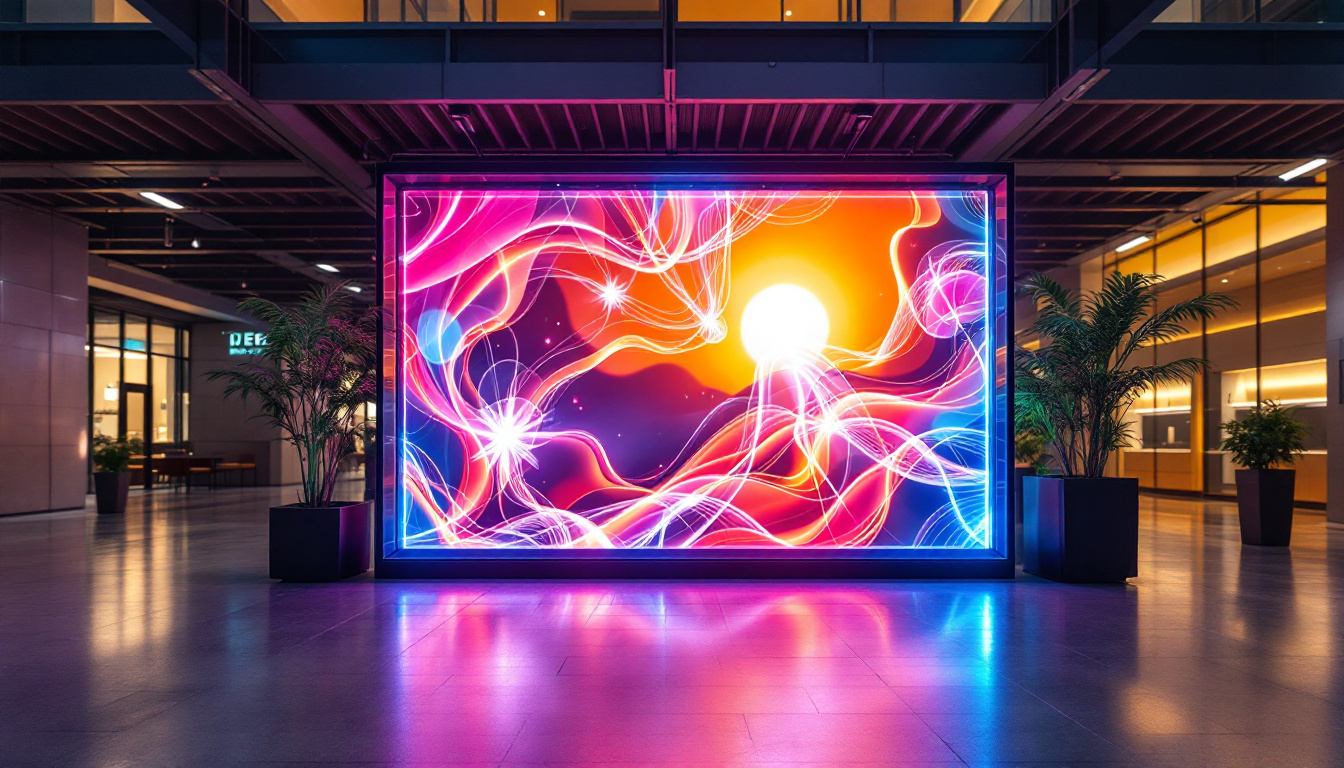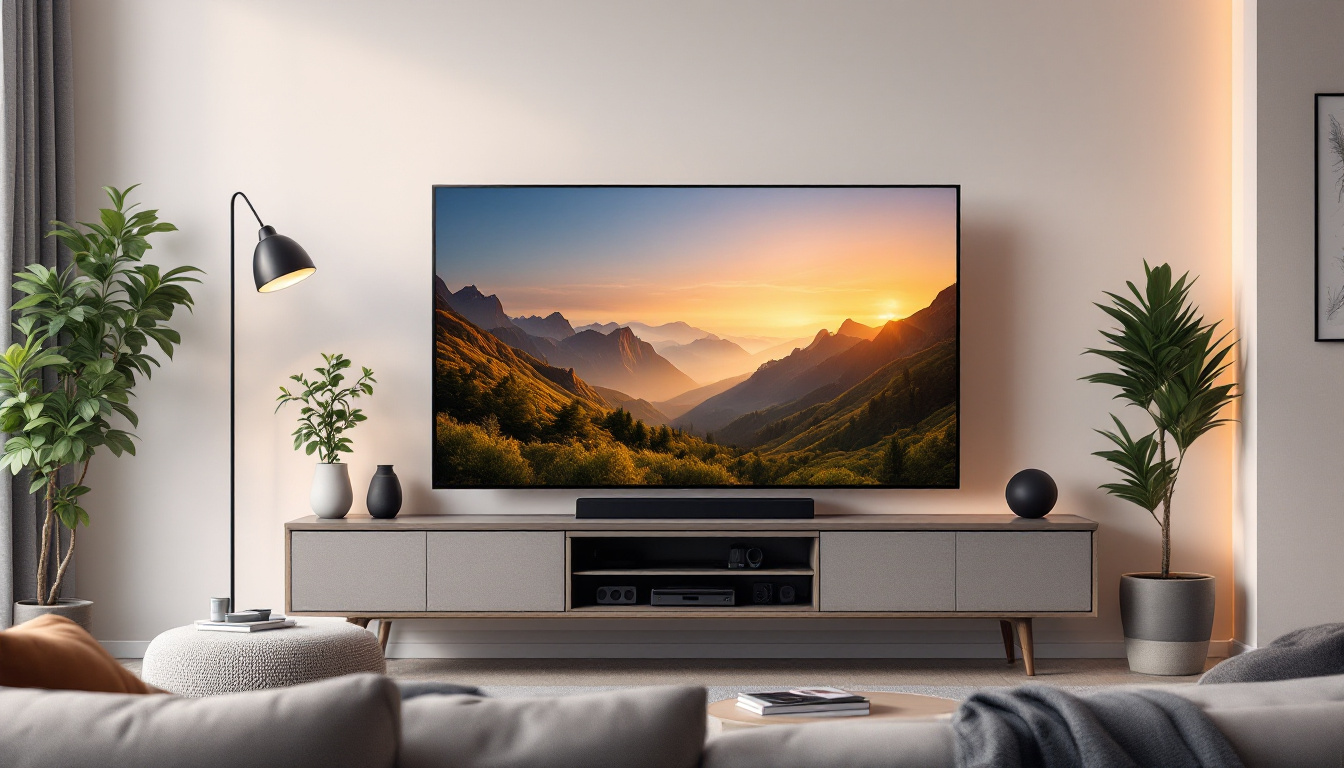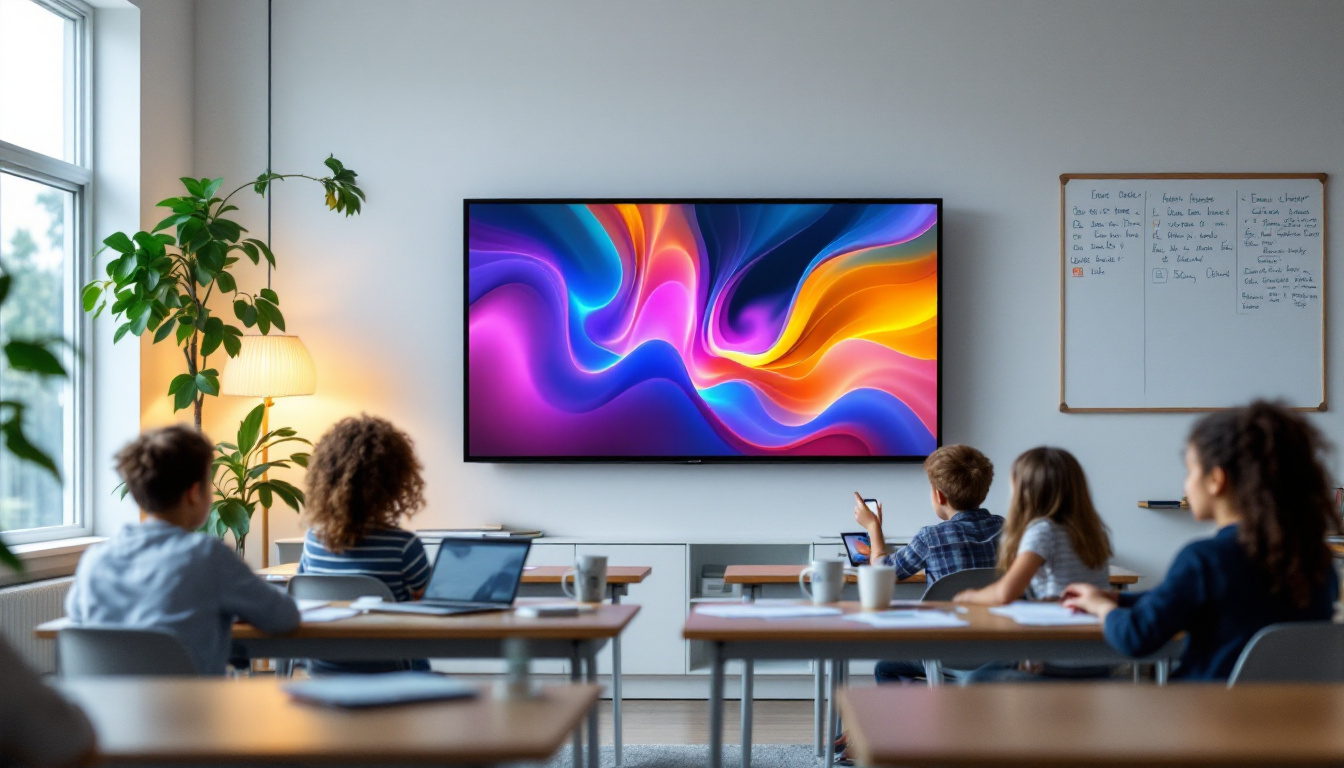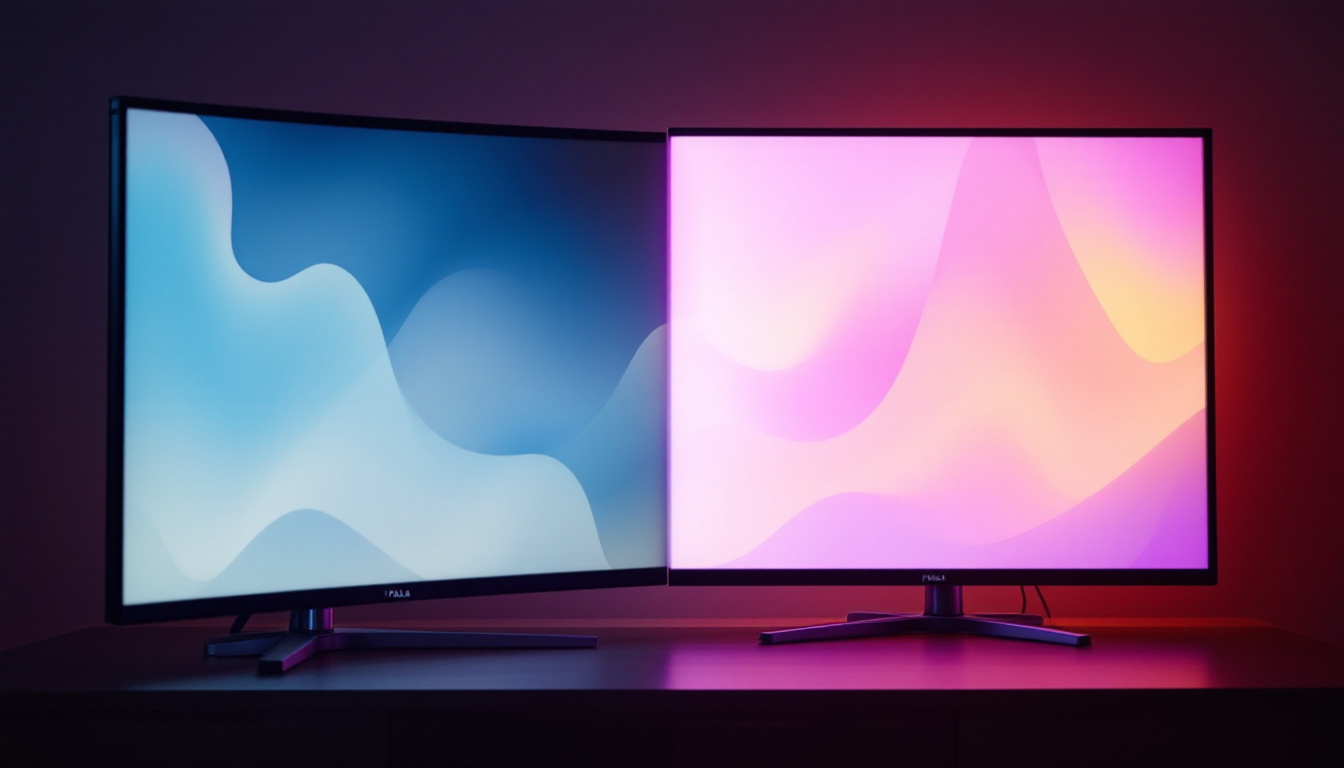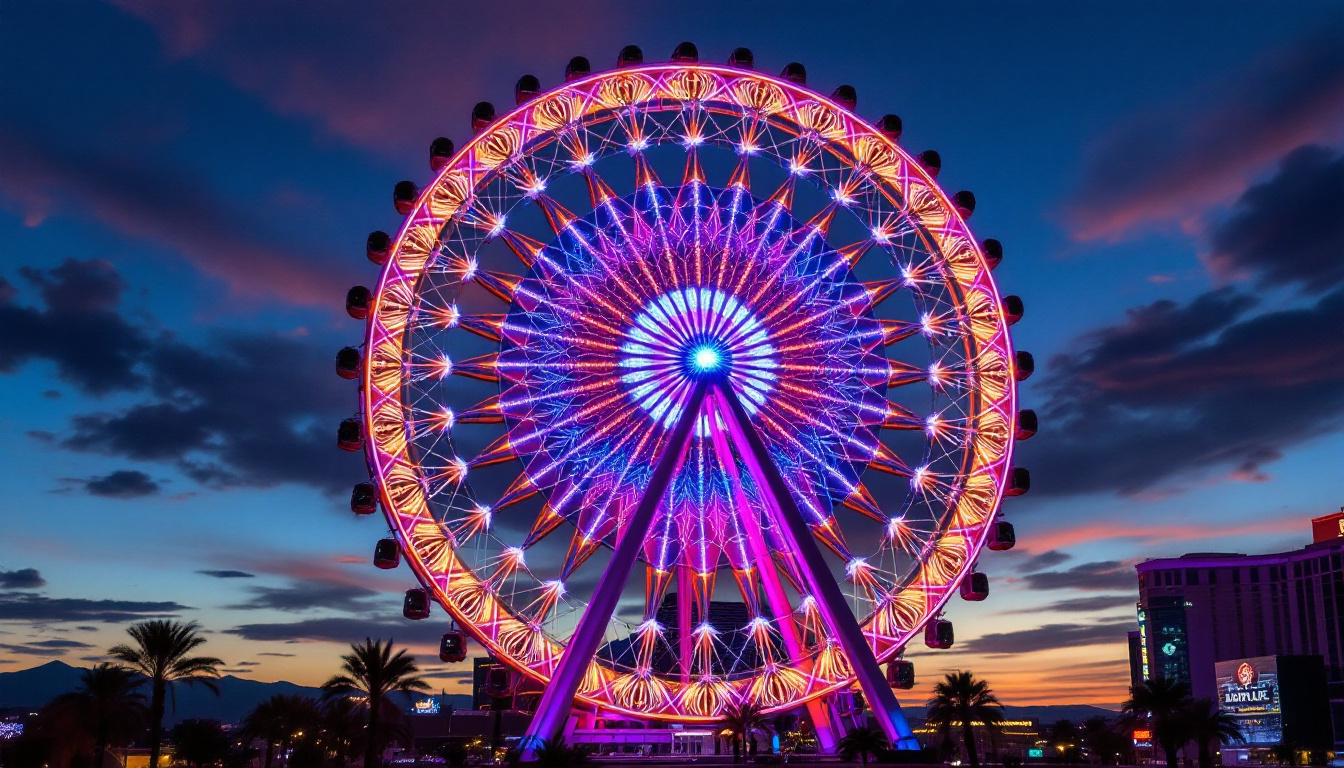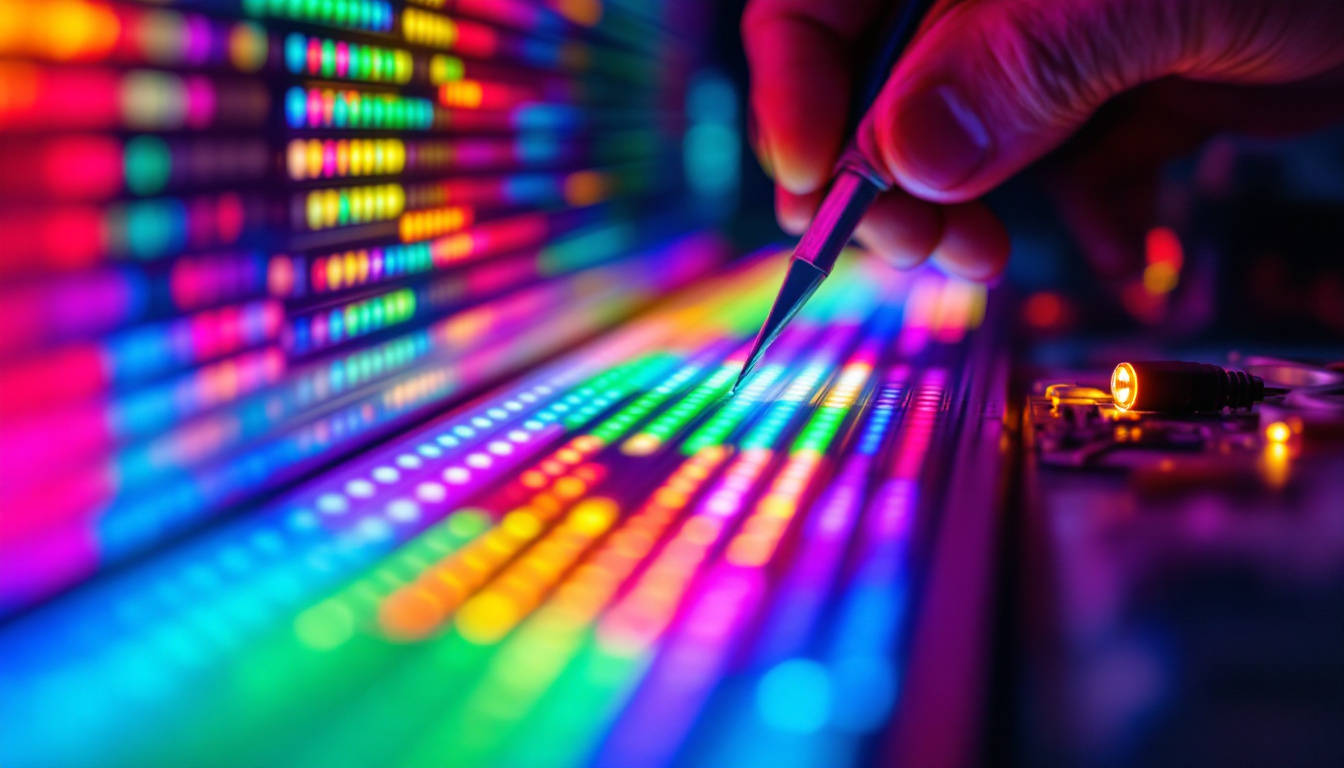Display Screen TV: LED Display Explained
In recent years, the television industry has witnessed a remarkable evolution, with LED displays becoming the standard for new models. Understanding how LED technology works and its advantages over traditional display types can greatly enhance the viewing experience. This article delves into the intricacies of LED displays, exploring their technology, benefits, and how they compare to other display types.
What is LED Display Technology?
LED, or Light Emitting Diode, technology refers to a type of display that uses LEDs as its light source. Unlike traditional LCD screens that rely on fluorescent backlighting, LED displays utilize a series of tiny diodes to produce light. This innovation allows for greater control over brightness and color accuracy, resulting in a more vibrant and dynamic visual experience. The efficiency of LED technology also contributes to lower energy consumption, making it an environmentally friendly choice for consumers and businesses alike.
How LED Displays Work
At its core, an LED display consists of a matrix of pixels, each made up of red, green, and blue diodes. By adjusting the intensity of these diodes, the display can create a wide range of colors. The process begins with an image being processed by the television’s internal circuitry, which then sends signals to the LED pixels to illuminate in specific patterns and intensities. This rapid modulation of light allows for smooth motion and reduces the blurring often seen in fast-paced scenes, making LED displays particularly popular for watching sports and action movies.
There are two main types of LED displays: edge-lit and backlit. Edge-lit displays have LEDs positioned along the edges of the screen, while backlit displays feature a grid of LEDs behind the screen. Backlit displays generally offer better contrast and color accuracy, making them a popular choice for high-end televisions. Additionally, advancements in technology have led to the development of local dimming features in backlit displays, which allow certain areas of the screen to dim or brighten independently, enhancing the overall picture quality and depth.
Types of LED Displays
LED displays can be categorized into several types, each with unique characteristics and applications. The most common types include:
- Standard LED: This is the basic form of LED display, providing improved brightness and energy efficiency compared to traditional LCDs.
- OLED (Organic LED): OLED technology uses organic compounds to emit light, allowing for deeper blacks and a wider color gamut. This technology is particularly favored by filmmakers and photographers for its ability to render colors with stunning accuracy and depth.
- QLED (Quantum Dot LED): QLED displays utilize quantum dots to enhance color accuracy and brightness, providing a more vivid viewing experience. The incorporation of quantum dot technology also allows for higher peak brightness levels, making QLED displays suitable for viewing in well-lit environments.
In addition to these common types, there are also specialized LED displays designed for specific applications. For instance, MicroLED technology is emerging as a competitor to OLED, offering self-emissive pixels that can achieve incredible brightness and contrast without the risk of burn-in. Furthermore, LED displays are increasingly being used in outdoor advertising and large-scale installations, where their durability and visibility in bright sunlight make them ideal for capturing attention in bustling urban environments.
Advantages of LED Displays
LED displays offer numerous advantages that make them a preferred choice for consumers and manufacturers alike. From energy efficiency to superior image quality, understanding these benefits can help in making informed purchasing decisions.
Energy Efficiency
One of the most significant advantages of LED displays is their energy efficiency. Compared to traditional LCD and plasma screens, LED televisions consume less power, which translates to lower electricity bills and a reduced environmental impact. This energy efficiency is particularly beneficial for consumers who watch television for extended periods. Moreover, many LED displays utilize smart technology that optimizes energy consumption based on the content being displayed, further enhancing their eco-friendly credentials. As more consumers become environmentally conscious, the choice of LED displays aligns with a sustainable lifestyle.
Superior Image Quality
LED displays are known for their exceptional image quality. The ability to produce brighter images, deeper blacks, and a wider color range enhances the overall viewing experience. This is especially noticeable in high-definition content, where the clarity and detail can be truly breathtaking. Furthermore, many LED displays come equipped with advanced technologies such as HDR (High Dynamic Range), which further improves contrast and color accuracy. The result is a more immersive experience, whether you’re watching a blockbuster movie or playing the latest video game. Additionally, the fast response times of LED displays reduce motion blur, making them ideal for fast-paced action scenes and sports broadcasts.
Thin and Lightweight Design
Another appealing feature of LED displays is their slim and lightweight design. This allows for easy wall mounting and integration into various living spaces. The sleek profile of LED televisions not only saves space but also adds a modern aesthetic to home decor. Many manufacturers have taken this a step further by incorporating innovative designs, such as frameless screens and ultra-thin bezels, which maximize the viewing area while minimizing distractions. This design flexibility enables consumers to choose displays that complement their interior design, whether it’s a minimalist setup or a more traditional environment. Furthermore, the lightweight nature of these displays makes them easier to transport and install, catering to the needs of those who frequently rearrange their living spaces or take their displays on the go.
Comparing LED Displays to Other Technologies
While LED technology has become the standard, it is essential to compare it with other display technologies to understand its advantages and limitations. The most common alternatives include OLED and plasma displays.
LED vs. OLED
OLED displays offer several advantages over traditional LED displays, particularly in terms of color accuracy and contrast. Since OLED pixels emit their own light, they can achieve true blacks by turning off individual pixels. This results in a more immersive viewing experience, especially in dark scenes. However, OLED displays can be more expensive and may suffer from burn-in issues if static images are displayed for extended periods.
LED vs. Plasma
Plasma displays, once popular for their superior color reproduction and viewing angles, have largely fallen out of favor due to their bulkiness and higher power consumption. LED displays have largely surpassed plasma technology in terms of energy efficiency and longevity, making them a more practical choice for most consumers. While plasma screens can still deliver excellent picture quality, the advancements in LED technology have made them less appealing in the current market.
Choosing the Right LED Display
When selecting an LED display, several factors should be considered to ensure the best fit for individual needs and preferences. From screen size to resolution, understanding these elements can greatly influence the viewing experience.
Screen Size
The screen size is one of the most critical factors to consider when purchasing an LED television. The ideal size depends on the viewing distance and the size of the room. A general rule of thumb is to sit at a distance of 1.5 to 2.5 times the diagonal size of the screen for optimal viewing. Larger screens can create a more immersive experience, especially for movies and sports, but they also require more space.
Resolution
Resolution refers to the number of pixels that make up the display. Higher resolutions result in sharper images and more detail. Common resolutions for LED displays include Full HD (1920 x 1080), 4K (3840 x 2160), and 8K (7680 x 4320). As content continues to evolve, opting for a higher resolution can future-proof the television against emerging technologies.
Smart Features
Many modern LED displays come equipped with smart features, allowing users to access streaming services, browse the internet, and use various applications directly from their televisions. When choosing an LED display, consider the user interface and the availability of popular apps. A seamless smart TV experience can significantly enhance the overall enjoyment of the device.
Maintaining Your LED Display
To ensure the longevity and optimal performance of an LED display, proper maintenance is essential. Simple care practices can help keep the television in top condition.
Cleaning the Screen
Regular cleaning of the screen is crucial to maintain picture quality. Use a microfiber cloth and a gentle cleaning solution specifically designed for electronics. Avoid using harsh chemicals or abrasive materials, as they can damage the screen. It is advisable to turn off the television and unplug it before cleaning to prevent any electrical issues.
Optimal Settings
Adjusting the settings of the LED display can greatly enhance the viewing experience. Most televisions come with preset modes such as ‘Cinema,’ ‘Sports,’ or ‘Game,’ which optimize the picture quality for different types of content. Experimenting with these settings and making adjustments to brightness, contrast, and color can help achieve the best picture quality based on personal preferences.
The Future of LED Display Technology
The future of LED display technology looks promising, with continuous advancements aimed at improving performance and user experience. Innovations such as microLED and miniLED are paving the way for even better picture quality, energy efficiency, and design flexibility.
MicroLED Technology
MicroLED technology represents a significant leap forward in display technology. Each pixel is made up of microscopic LEDs, allowing for greater control over brightness and color accuracy. MicroLED displays can achieve true blacks and vibrant colors, similar to OLED, but without the risk of burn-in. This technology is still in its infancy but holds great potential for the future of televisions.
MiniLED Technology
MiniLED technology is another exciting development that enhances traditional LED displays. By using smaller LEDs for backlighting, miniLED displays can achieve better contrast and improved local dimming capabilities. This technology is already being integrated into high-end televisions, providing consumers with an even more immersive viewing experience.
Conclusion
LED display technology has revolutionized the television industry, offering superior image quality, energy efficiency, and sleek designs. As consumers become more discerning about their viewing experiences, understanding the nuances of LED technology can aid in making informed choices. With continuous advancements on the horizon, the future of LED displays promises even more exciting developments, ensuring that viewers enjoy the best possible entertainment experience for years to come.
Explore Cutting-Edge LED Displays with LumenMatrix
Ready to elevate your visual experience with the latest in LED display technology? Look no further than LumenMatrix, a pioneer in crafting innovative LED display modules designed to amplify brand presence and captivate audiences. Whether you’re interested in Indoor LED Walls, Outdoor Displays, or specialized solutions like Vehicle and Sports LED Displays, LumenMatrix offers a comprehensive range of products to meet your needs. Embrace the future of visual communication and check out LumenMatrix LED Display Solutions today, where engagement and clarity transform your message into a powerful visual statement.

